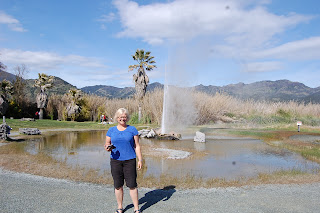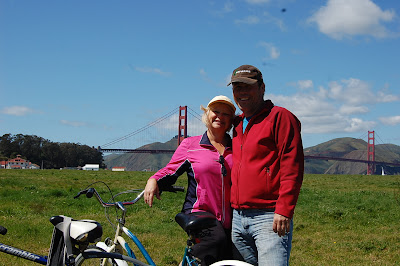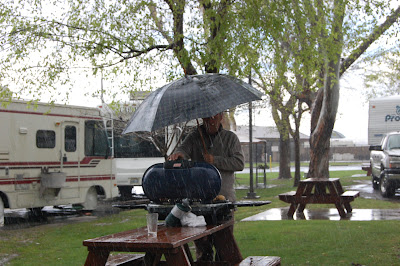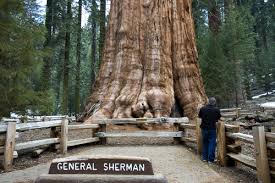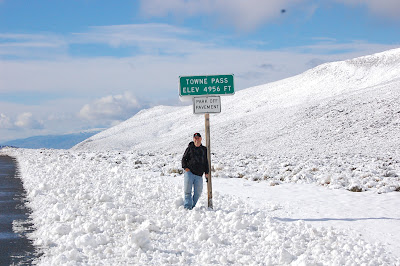 |
| We said goodbye to San Francisco, and headed north to the Napa Valley wine country. |
The geology of the area is also perfect for a geyser-and California's "Old Faithful" was our next destination. Geysers exist only where there is a natural supply of underground water, a source of heat and a series of cracks and cavities in the underground rock. The surrounding rocks must be strong enough to maintain the intense pressure of steam explosion. Here in Calistoga, California the underground river flows over the hot magma, which boils it. That super hot water collects in the cavities, until the cavity is full. At first, steam puffs shoot out of the geyser hole. Then, the water, 350 degrees hot, shoots approximately 60 feet into the air for around 3-4 minutes.
There are only a few geysers in the world that earn the label "Old Faithful." These perform at regular intervals. This geyser erupts, on average, 40 minutes apart, all the time. Conditions which cause a deviation from that normal pattern seem to relate to earthquakes. When we visited, Old Faithful was erupting around 8 minutes apart. We found out that the frequent eruptions were a good thing. From two days to two weeks before an earthquake, Old Faithful delays its 40 minutes apart eruptions to a longer interval. Geologists determine if the digressions are related to tectonic movement-and how likely an earthquake is.
 |
| Old Faithful Here' s a video of an eruption |
 |
| Wine tasting in Napa Valley-Yum |
| A little wine and cheese party. Didn't have wine glasses. We thought the water tumbler and coffee mug were a better choice than Tupperware. |
Next, we drove through the wine area. It is like the Niagara Region except Napa is much more established, with well developed vineyards and elaborate wine tour establishments. This is a very wealthy area. We bought a bottle to try. It was an early night for Kim.




